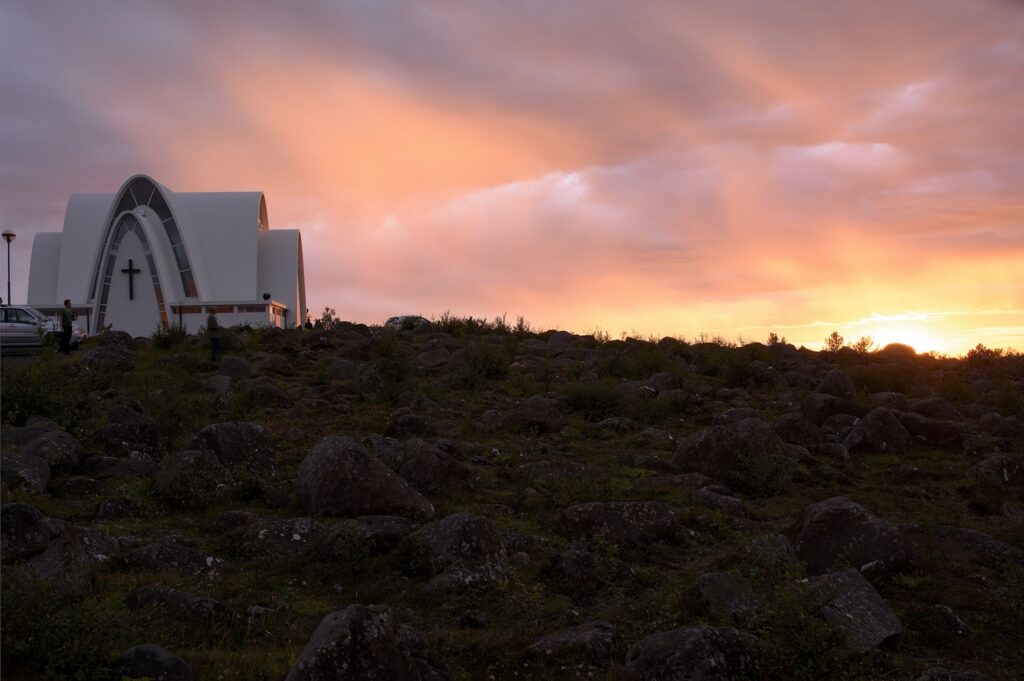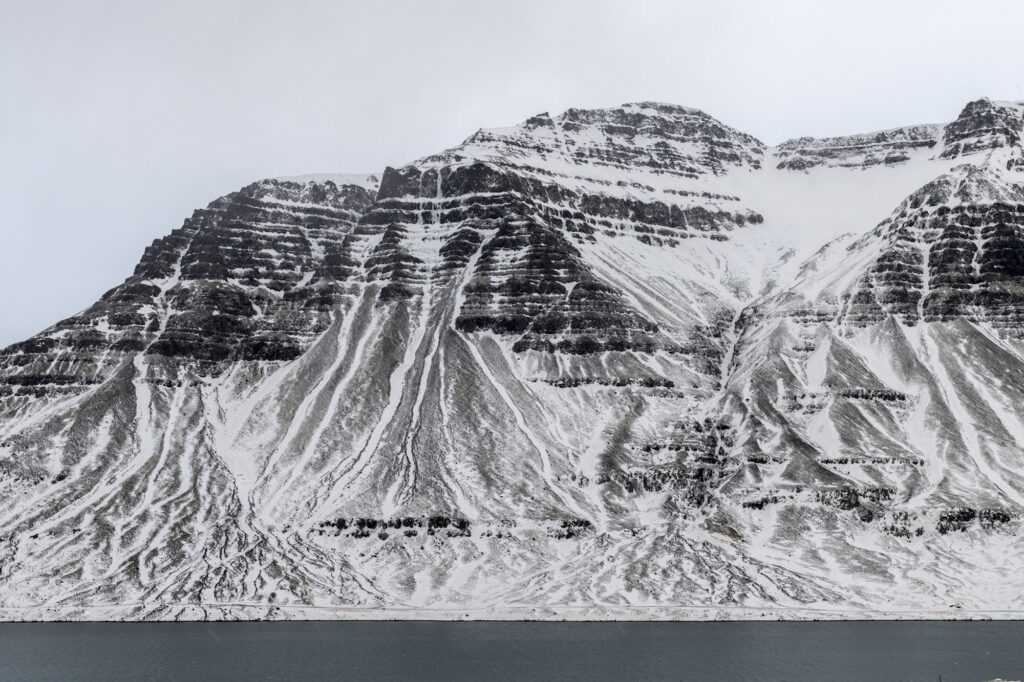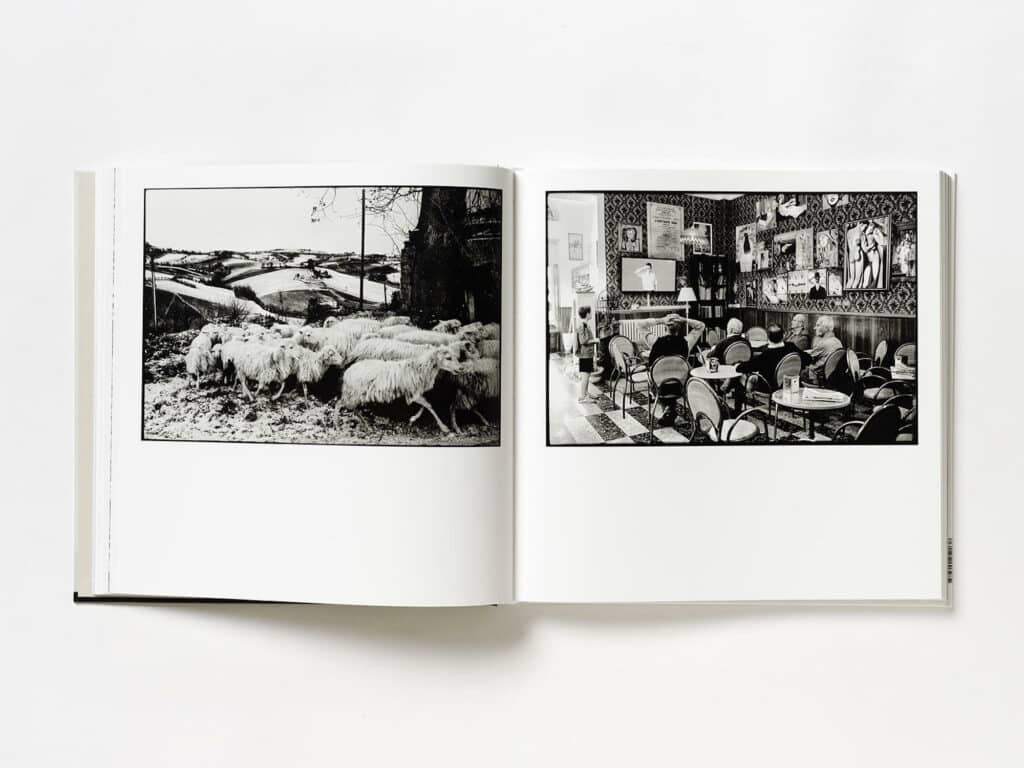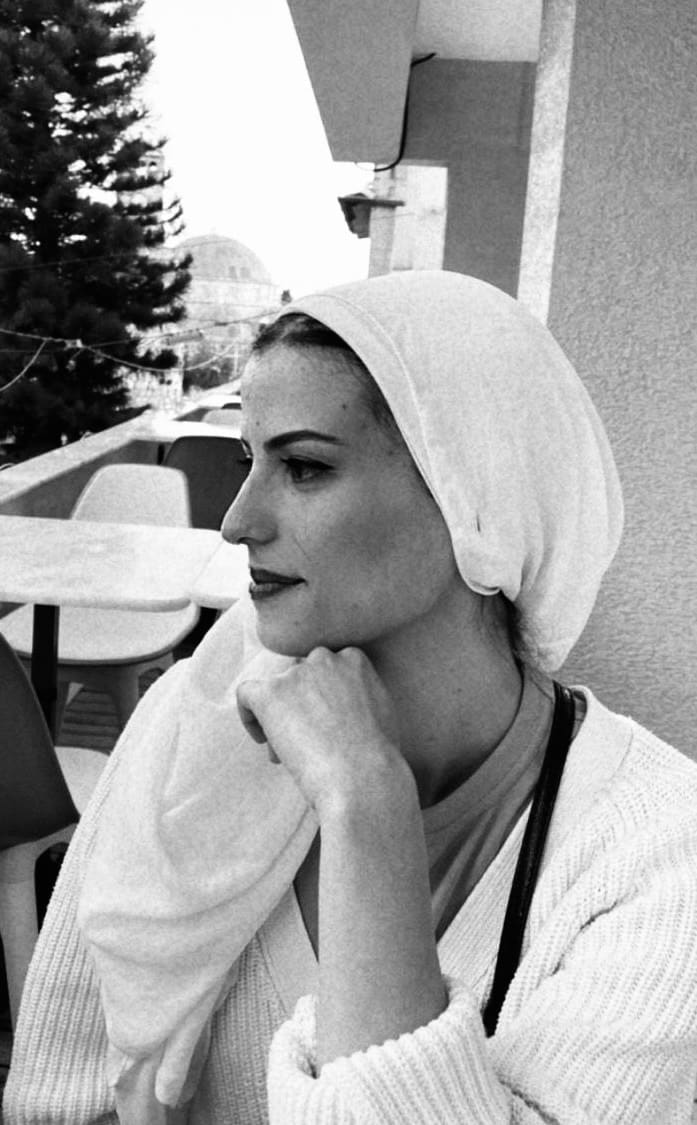A snow-coated city, amazing animals, an enigmatic Japanese island… Blind offers you ten books of photographic adventures from around the globe. A compilation of dreams to slip under the tree or leaf through by the fireplace.
1/ Michel Eisenlohr, Huldufolk
Reykjavik always comes with its legends. The French photographer Michel Einsenlohr has immortalized the Icelandic capital by portraying the strange cohabitation between Nordic myths and the reality of the 21st century. The population lives among intact lava rocks nestling between buildings or in the center of a residential islet. Guided by archaeologists, ethnologists and geographers research, Michel Einsenlohr got inspiration from omnipresent tales, taking us along on their trails.
His work illustrates that that escapes us in the daily rush, highlighting interweaving structures and the soft and caressing play of lights. As a photographer of light, trails and the elusive, he strives to capture the aura of Iceland’s cities, local memory and mementos of their timeless folklore. Through his lens, he tells the story of the people’s religious ties, their region and the spirituality of natural elements.
Like a fantastic novel, the book shows the strength of the Icelandic territory and its disturbing landscapes, giving us a glimpse of its basalt cliffs, lava fields or wild waterfalls. You almost feel the presence of mythical creatures behind its colorful raw nature: you imagine seeing trolls petrified by the sun at the water’s edge or elves in a basalt church… The undeniable “huldufók,” or hidden people, play hide and seek with the viewer.
Huldufolk, Michel Eisenlohr, Arnaud Bizalion, 2022, € 28, 72 pp.
2/ Floriane de Lassée, Inside Views
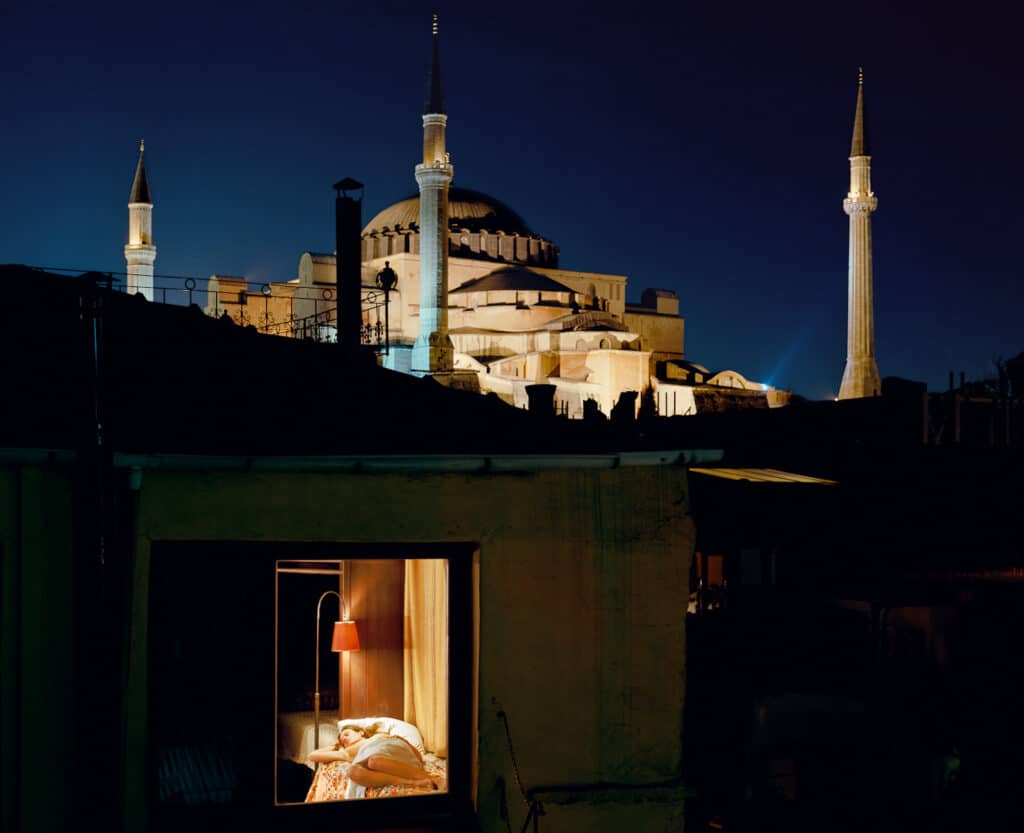
Looking within others is the fruit of Floriane De Lassée‘s fascination. Her journey into the intimacy of human relations began in 2004, with her first images taken in New York. The photographer and her camera explore megalopolises, from Shanghai to Tokyo, Las Vegas to Istanbul, and of course, Paris. Her guiding project is simple: immortalizing the infinitely intimate by superimposing on the excessively large.
In her mises en scéne, Floriane De Lassée places humans at the center of immense urban landscapes, showing isolated individuals inmegalopolises. She captures solitude in an urban cacophony, a moment of deafening silence in the middle of mad city life. Being a master of lights and architectural lines, Floriane De Lassée pays particular attention to the presence of women in the intimacy of their private space.
Far from celebrating voyeurism, the photographer portrays these mysterious prisoners inside their glass cages, daydreaming at their windows or doing their daily chores.
Inside Views, de Floriane De Lassée, 2022, € 61.
3/ Christophe Jacrot, Neige
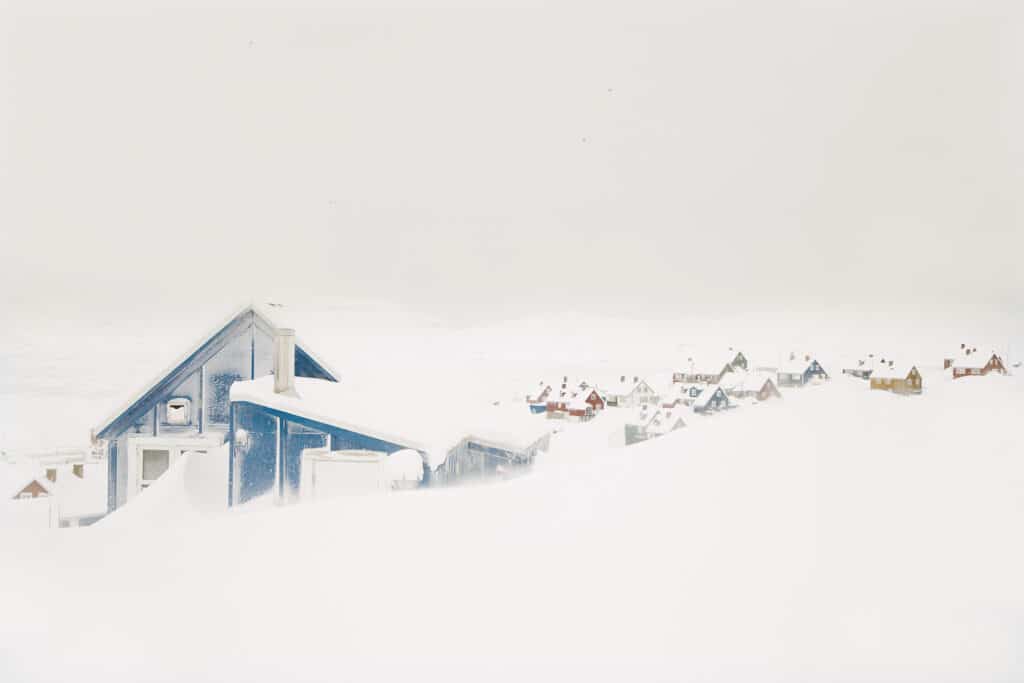
Christophe Jacrot does not do “pure and strong conceptual” photography. His photographs are to be read with emotion and sensitivity, the way one observes a painting. The unfavorable weather photographer is a specialist in exploring winter lands. He travels around the world looking for a dramatic beauty that people take shelter from: bad weather. He chases snow across the globe and depicts his photographs with immaculate, cottony whites and bundled-up figures trying to move forward despite paralyzing weather conditions.
“This book […] takes us to multiple deserted or inhabited regions, facing improbable architectures, utilitarian or beautiful, and dreamlike or disturbing landscapes.” (Christophe Jacrot) Throughout his years of wandering, Christophe Jacrot has explored the fragility of megalopolises, whose effervescence fades with just a few snowflakes.
He has captured the many disparate and astonishing architectures covered by snow: Greenland’s colorful houses, Stalin-era building blocks in Siberia or the shimmering architecture of Japan’s Hokkaido island. In his almost monochrome book, Christophe Jacrot questions himself and others when confronted with natural elements.
Neiges Christophe Jacrot, H’artpon, 2019, € 65, 208 pp.
4/ Tokio Matsubara, Okinoshima
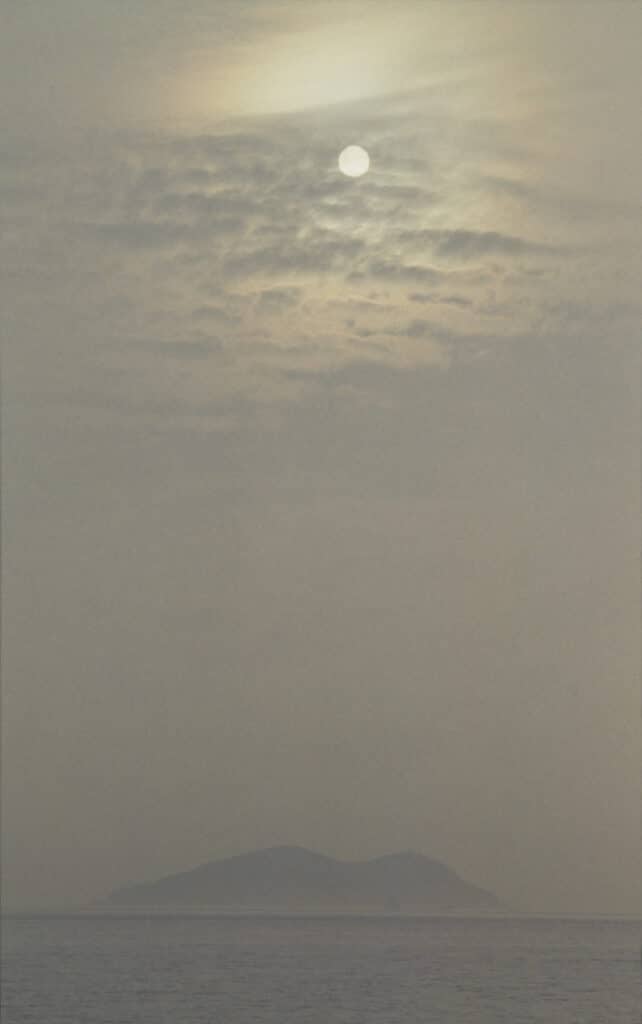
Okinoshima is a mystical Japanese island. The single square kilometer piece of land gives birth to a paradox beyond its physical dimensions.
«The closest thing to me was the ocean, where something different happens every day. The weather, tides, rising seaweed, and so on, all have an effect.»
Tokio Matsubara, a fan of black and white photography, uses different lights of the day, weather conditions and viewpoints with utter patience to depict the silhouette of the floating island and restore its rich array of colors. He illustrates the patchwork of colors, moods and diverse textures on washi paper.
Okinoshima, Tokio Matsubara, Michioto Publishing, 2022, $ 140, 48 pages,
5/ Sohei Teru, Noroshi
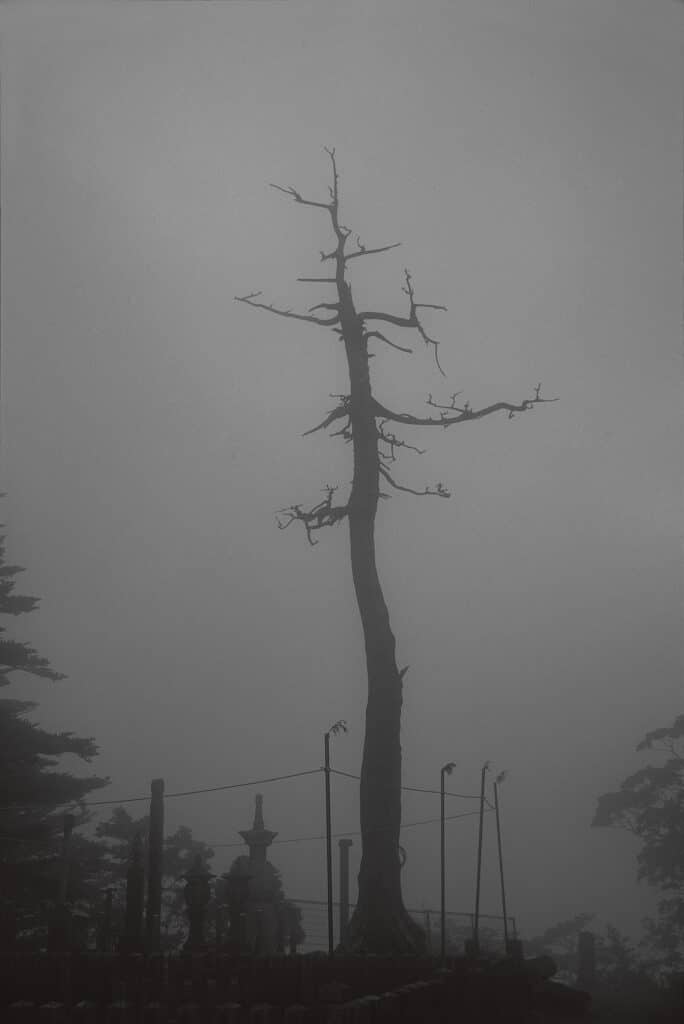
Back to Japan, with Sohei Terui who immortalized the three sacred sites of Kumano, Omine and Koyasan in his book Noroshi. Nestled in the heart of the dense forests of the southern part of the Kii Peninsula, the photographer takes us along the Kii mountain range, across lost paths, forested temples and waterfalls overlooking the Pacific Ocean.
In between his at-times agonizing and at-other-times relaxing getaways, and his imposing perspectives, Sohei Terui comments on natural elements. He continues photographing the mountains in search of the cradle of the original spirituality of these places.
Noroshi de Sohei Teru, Michioto Publishing, $ 60, 112 pp.
6/ Emanuele Scorcelletti, Elegia Fantastica
In Elegia Fantasia, Emanuele Scorcelletti pens his photographic story as a poetic narrative. In two chapters, similar to gracious elegies, he expresses his deep connection with Italy’s Marche region, an underestimated spot according to the artist.
The all-black-and-white book’s first part is about remembrance, an evocative melancholy portrayed with geometrically balanced images. The second part focuses on passionate and unleashed visions. The shots are loaded with expressionist and cacophonic tones. On this introspective journey, Emanuele Scorcelletti reflects on the present time, transforming his personal experience into collective memory.
Elegia Fantastica, Emanuele Scorcelletti, Hemeria, 2022, € 68, 200 pp.
7/ Thomas Crauwels, Above
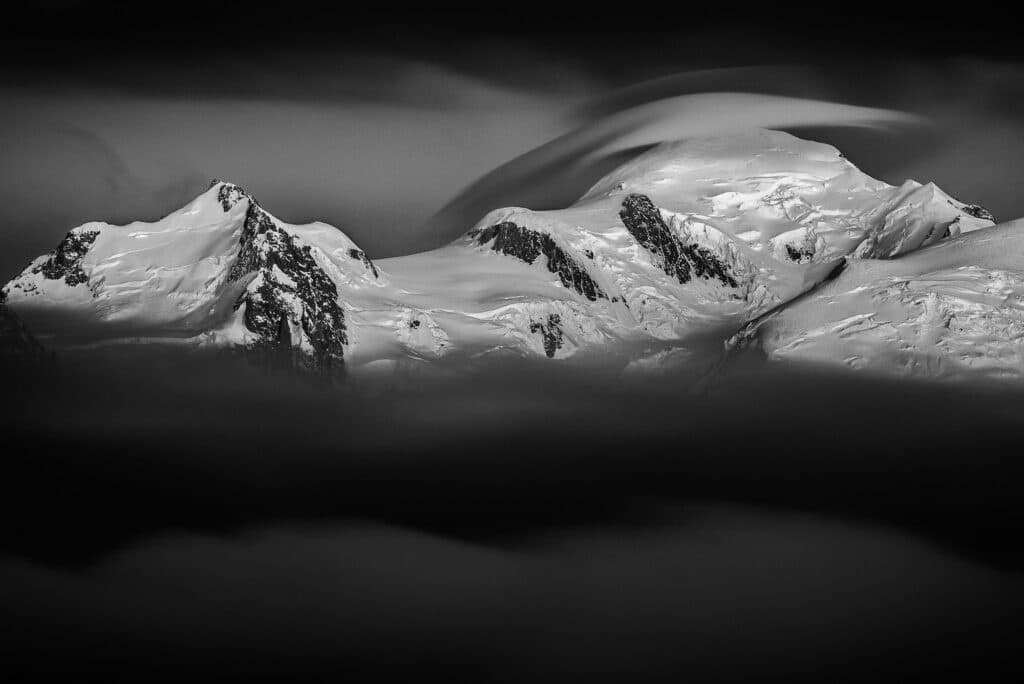
Thomas Crauwels has captured thousands of photos of the Alps’ rocky mountains for mountain lovers. In his book, Above, his best shots in large format are brought together. The artistic project’s black and white images remind us of Ansel Adams’ landscapes, exposing a natural beauty resistant to the extremest conditions.
Climbing ever higher, through snow-dust and strong winds, Thomas Crauwels portrays the steep mountain range to immerse his viewers in serene and peaceful landscapes.
Above, Thomas Crauwels, Hemeria, 82€, 200 pp.
8/ David De Vleeschauwer, Remote experiences. Extraordinary travels from North to South
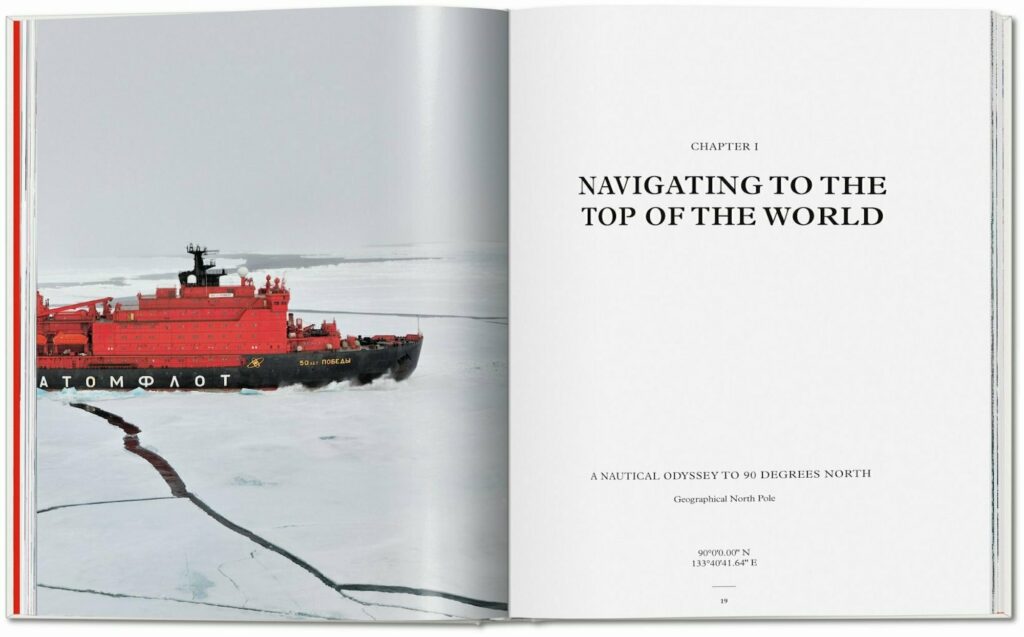
Photographer David De Vleeschauwer and globe-trotting journalist Debbie Pappyn present a book about experiences to be avoided. This book includes 12 different planet-friendly expeditions, all covered by the duo for the sake of delving into the remotest travel destinations.
David De Vleeschauwer and Debbie Pappyn encourage a new travel ethic, promoting slow tourism that allows you to immerse yourself in nature and local heritage. Worthy of an eco-adventurers travel diary, the collection comes with personal stories written on the spot and some practical advice on exploring and discovering our world, from North to South.
Remote experiences. Extraordinary travels from North to South, David De Vleeschauwer Taschen, 2022, € 50, 424 pp.
9/ Laurent Ballesta, Planète Méditerranée
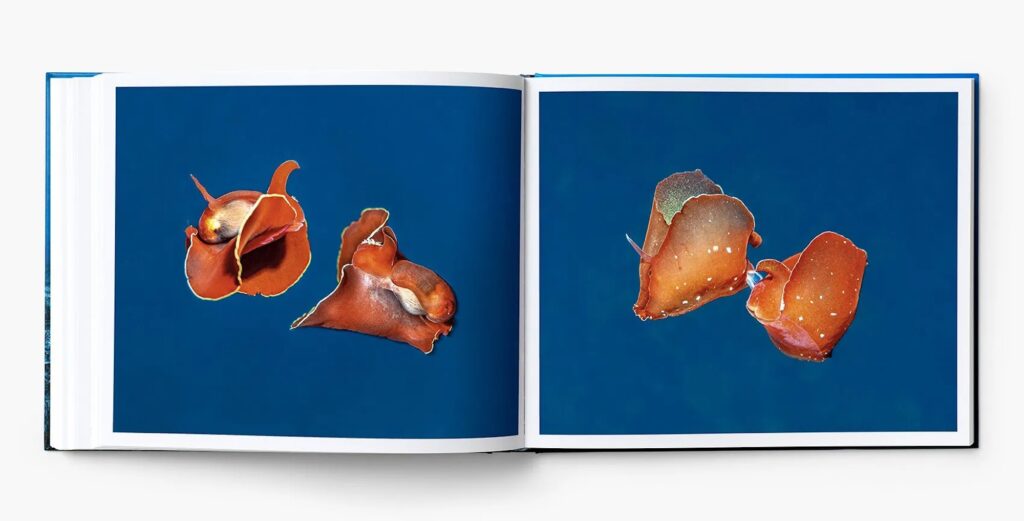
Blind’s editorial staff couldn’t help it! Planète Méditerranée (Mediterranean Planet) remains our favorite. It is a delightful gift idea, for sure. The dazzling discovery of the world 100 meters deep, from Marseille to Monaco, coordinated by Laurent Ballesta, has made technological, scientific and human achievements possible.
Laurent Ballesta, biologist, photographer, and above all, seabed adventurer, led his team on an exceptional 28-day mission to document the so close and so enigmatic planet called the Mediterranean.
Planète Méditerranée, Laurent Ballesta Andromède Océanologie/Hemeria, 2020, € 69, 296 pp.
10/ Vincent Fournier & Sébastien Gaxie, Auctus Animalis
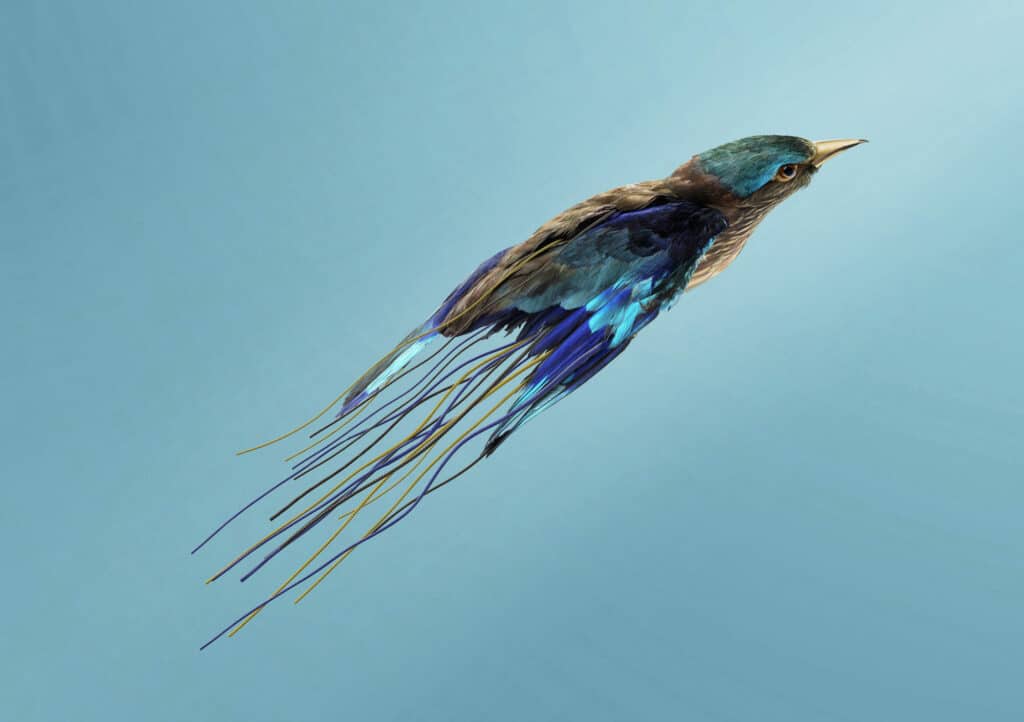
Have you ever seen a black hole cat? Or a ghost whale? Vincent Fournier, the bigshot scientist with a futuristic imagination, has photographed them for you. His book Auctus Animalis is at the crossroads of science fiction and futuristic bestiary, animated by an initiatory fable of composer Sébastien Gaxie.
Artists mobilize hearing, sight, and, most importantly, the imagination, questioning themselves in music about the transformation of the living. Ultimately, what connections can we maintain with the world of tomorrow?
Auctus Animalis, Vincent Fournier & Sébastien Gaxie, Filigranes Editions, 2022, €35, 64 pp.

